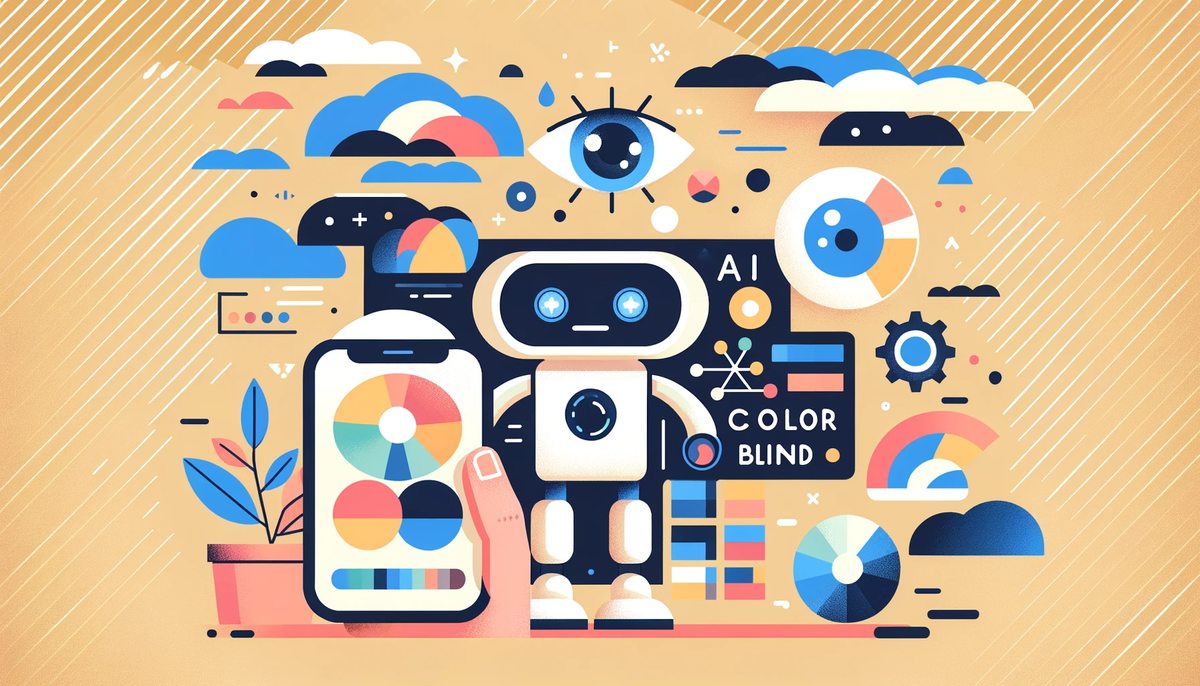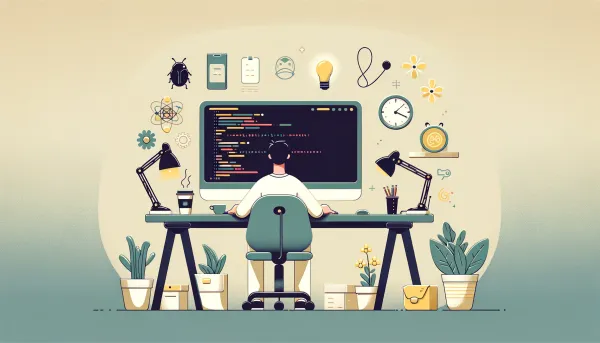Using AI to Increase Accessibility for Color Blindness

As an engineering leader with firsthand experience of color blindness, I've navigated both the challenges and opportunities at the intersection of technology and accessibility. Deuteranopia, or red-green color blindness, affects a significant portion of the population (9%), including me! Despite the prevalence, the digital world has been slow to adapt, leaving much room for innovation, especially through AI.
AI: Transforming Digital Accessibility
The power of AI to transform digital accessibility for color-blind individuals is untapped and promising. Here are some ways AI can make a difference:
Dynamic Display Adjustments
- Dynamic Color Adjustment Algorithms: AI can modify digital content's color schemes in real-time, tailoring them to color-blind users' needs without compromising the experience for others. This real-time adjustment ensures all users enjoy the digital world in full color and clarity.
- Augmented Reality (AR) Filters: AR filters, adjusted by AI, can correct or enhance colors on digital screens, offering a seamless viewing experience tailored for color-blind users across devices.
Personalization
- Personalized Color Palettes: Integrating AI to generate user-specific color palettes based on their color vision deficiency can revolutionize personal digital experiences, from social media to gaming.
- AI-Optimized Gaming Experiences: Integrating AI within gaming platforms can adjust environments and interfaces, making gaming truly inclusive without special labels for color-blind modes.
Assistive Content Creation
- AI-Driven Content Creation Tools: Tools equipped with AI can assist designers by suggesting color-blind friendly palettes, ensuring digital content is accessible from the onset.
- AI-Assisted Image and Video Annotation: Automatically annotating visual content with descriptions helps convey important color information, making content more accessible.
Communication Enhancements
- Real-Time Captioning for Color-Dependent Content: AI can provide real-time captions or descriptions, especially in color-critical contexts, ensuring all users grasp the full message.
- Smart Color Substitution: AI's ability to substitute problematic colors with distinguishable hues can make crucial elements like warnings or calls to action stand out for everyone.
Simulation/Training
- Interactive AI Tutorials: AI-powered tutorials can simulate color blindness for designers, fostering empathy and understanding, and encouraging more inclusive design practices.
- VR Environments for Enhanced Color Perception: AI can enhance VR experiences, allowing color-blind users to perceive digital content in new, more distinguishable ways.
Looking Forward: A More Inclusive Digital World
These AI-driven solutions not only promise to make digital media more accessible to those with color blindness but also pave the way for a more inclusive digital environment. By harnessing AI, we can move beyond temporary fixes to create lasting changes that consider all users' needs from the ground up.
Incorporating these innovations into digital platforms and content creation processes can significantly enhance the usability and enjoyment of digital media for the color-blind community, demonstrating AI's potential to foster inclusivity and empathy in the digital age.
As we look to the future, the integration of AI in digital accessibility efforts offers a beacon of hope. It represents a commitment to inclusivity, ensuring that the digital world is welcoming and accessible to all, regardless of their physical limitations. Let's embrace these technologies and work towards a more accessible, equitable digital experience for everyone.




